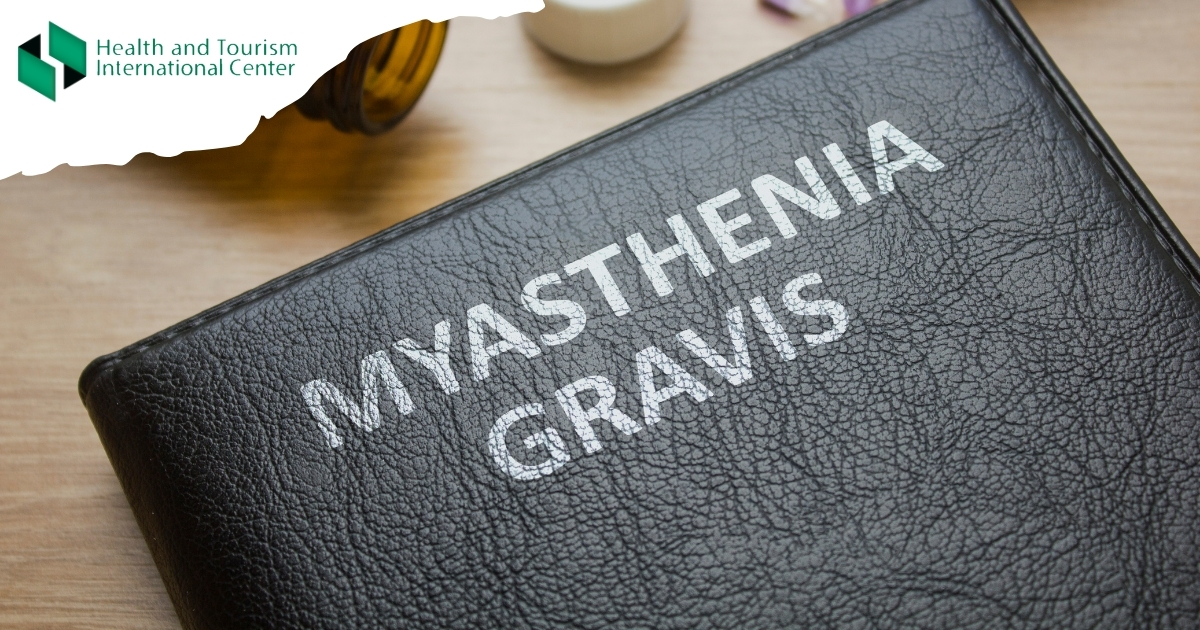What is Myasthenia gravis?
Myasthenia gravis is characterized by weakness and rapid fatigue of any of the muscles under your voluntary control.
It's caused by a breakdown in the normal communication between nerves and muscles.
There's no cure for myasthenia gravis, but treatment can help relieve signs and symptoms.
Though this disease can affect people of any age, it's more common in women younger than 40 and in men older than 60.
Symptoms
Muscle weakness caused by myasthenia gravis worsens as the affected muscle is used. Because symptoms usually improve with rest, muscle weakness can come and go.
However, the symptoms tend to progress over time, usually reaching their worst within a few years after the onset of the disease.
Although myasthenia gravis can affect any of the muscles that you control voluntarily, certain muscle groups are more commonly affected than other: eye, face, throatm neck and limb muscles.
The following symptoms may occur:
- Drooping of one or both eyelids (ptosis)
- Double vision (diplopia)
- Impair speaking.
- Cause difficulty swallowing.
- Affect chewing.
- Change facial expressions.
- Myasthenia gravis can also cause weakness in your neck, arms and legs.
- Weakness in your legs can affect how you walk.
- Weak neck muscles make it hard to hold up your head.
Talk to your doctor if you have difficulty:
- Breathing
- Seeing
- Swallowing
- Chewing
- Walking
- Using your arms or hands
- Holding up your head
Source:
https://www.mayoclinic.org/diseases-conditions/myasthenia-gravis/symptoms-
causes/syc-20352036

